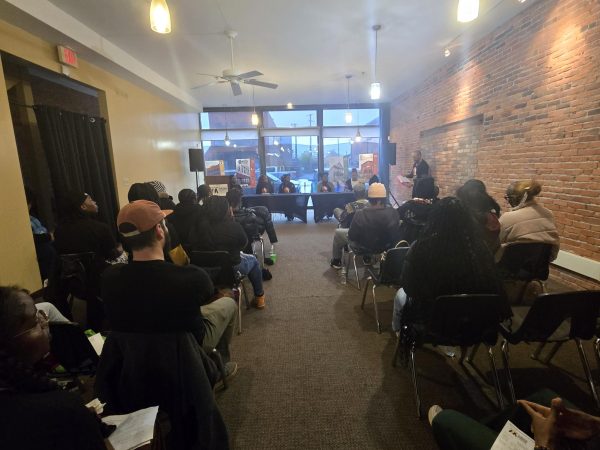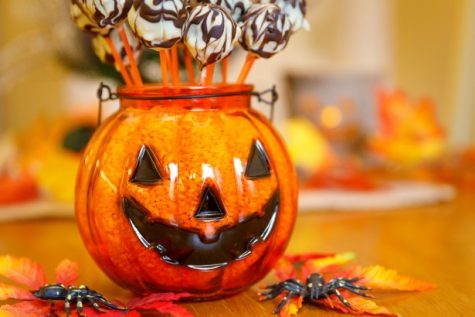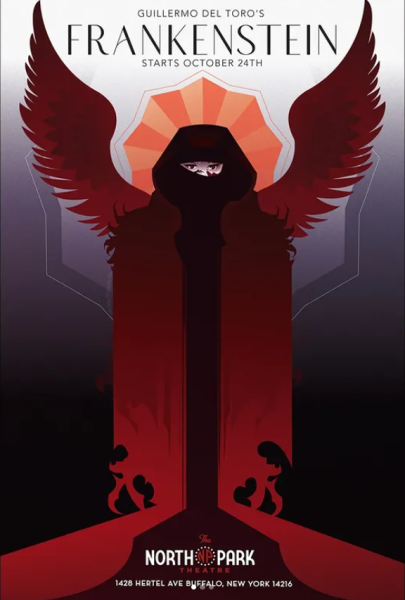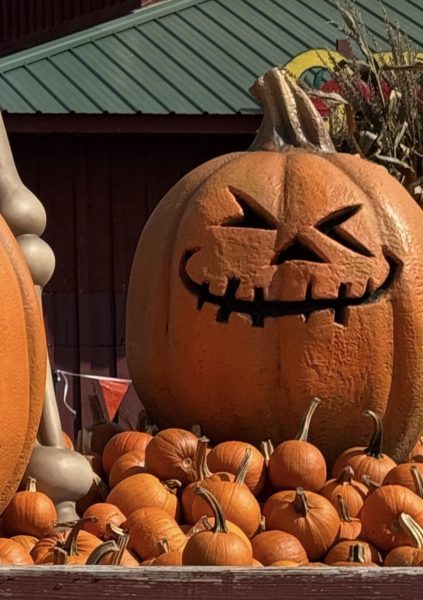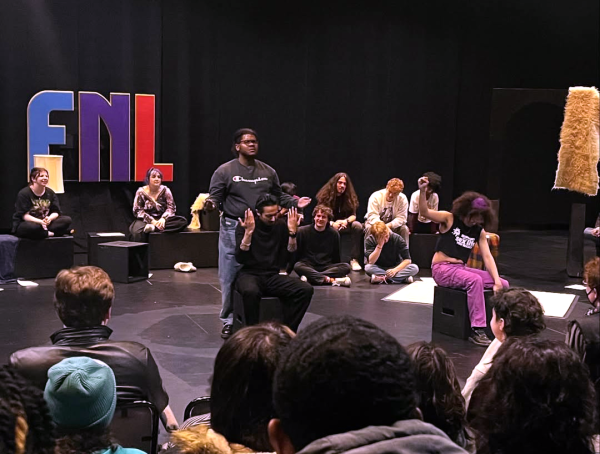December holiday food embraces three diverse cultures
This season is a time of tradition, holiday spirit, and good food. It is the time when college students go home to celebrate their customs at home with their families, and when people all over the U.S. gather to cook and chow down together.
November and December brings about thoughts of Thanksgiving, Hanukkah, Christmas, and Kwanzaa, and all the family time and home-cooked food that come along with the fine days. So what are the most popular holiday foods?
This year, Hanukkah began on the evening of Nov. 27 and overlapped with Thanksgiving, leading to a rare occurrence dubbed “Thanksgivukkah.” How did combining the two holidays affect the Jewish tradition?
“What is most important is to serve what has meaning to your family and friends and then have some fun adapting a few dishes to include both holidays, or trying a couple new ‘Thanksgivukkah’ recipes,” said Susan Barocas, project director of the Jewish Food Experience.
According to Delish.com, the top Hanukkah dishes include latkes, which are lacy potato pancakes often served with a side of either applesauce or sour cream; beef brisket, which can be sweetened up by adding spiced plums stewed in licorice; broccoli and cheddar kugel, or noodle pudding; and challah, the popular sweet braided bread. For desert, Sufganiyot, the Israeli jelly doughnut, is often served.
Bridget Schuster, a Buffalo State student, is Jewish and annually celebrates Hanukkah.
“My family and I usually eat typical Hanukkah foods, (including) latkes, chicken, kiesh, jelly doughnuts, and basically anything fried,” she said. “We eat fried foods because it reminds of us of the miracle,” referring to the eight days they spend celebrating their rights and freedoms as Jews.
Every night during Hanukkah she and her mother and sisters light the candles that lead up to their celebration feast.
When thinking of food for Christmastime, American Christians often think of a dinner similar to that of Thanksgiving — loaded with turkey or ham, stuffing, cranberry sauce, corn, squash and green beans. The most popular desserts include decorated sugar cookies, pumpkin or apple pie, fruit cake and marzipan.
Dan Zuaro, another Buffalo State student and a Catholic, celebrates Christmas every year with his family and their unique traditions. Every Christmas Eve, his family has baked ziti and fish at home. On Christmas Day, his extended family gets together at his aunt’s house for a meal of turkey and lasagna.
Making the homemade family recipes every year has been a tradition in his family since his grandmother, now 76, was a child.
“We go all out,” he said of the big Christmas day celebration.
Kwanzaa, an alternative holiday to Hanukkah and Christmas, is celebrated from Dec. 26- Jan. 1, ending with a big feast known as Karamu, which falls on New Year’s Eve. The Karamu feast features delicacies traditional to the African, Caribbean and South American cultures.
According to Houston Press Blogs, the food known as “Harvest, African, Spicy, and Soul Food,” almost always includes five dishes. Cheese grits, black-eyed peas, apple and marshmallow yams, fish patties, and mustard greens are among the most enjoyed Kwanzaa dishes.
Whether you celebrate Hanukkah, Christmas, Kwanzaa or anything else this December, remember to keep traditions alive, spend time with family, enjoy your religion and heritage, and devour all of the wonderful foods that make up a part of who you are.
Email: yeager.record@live.com


